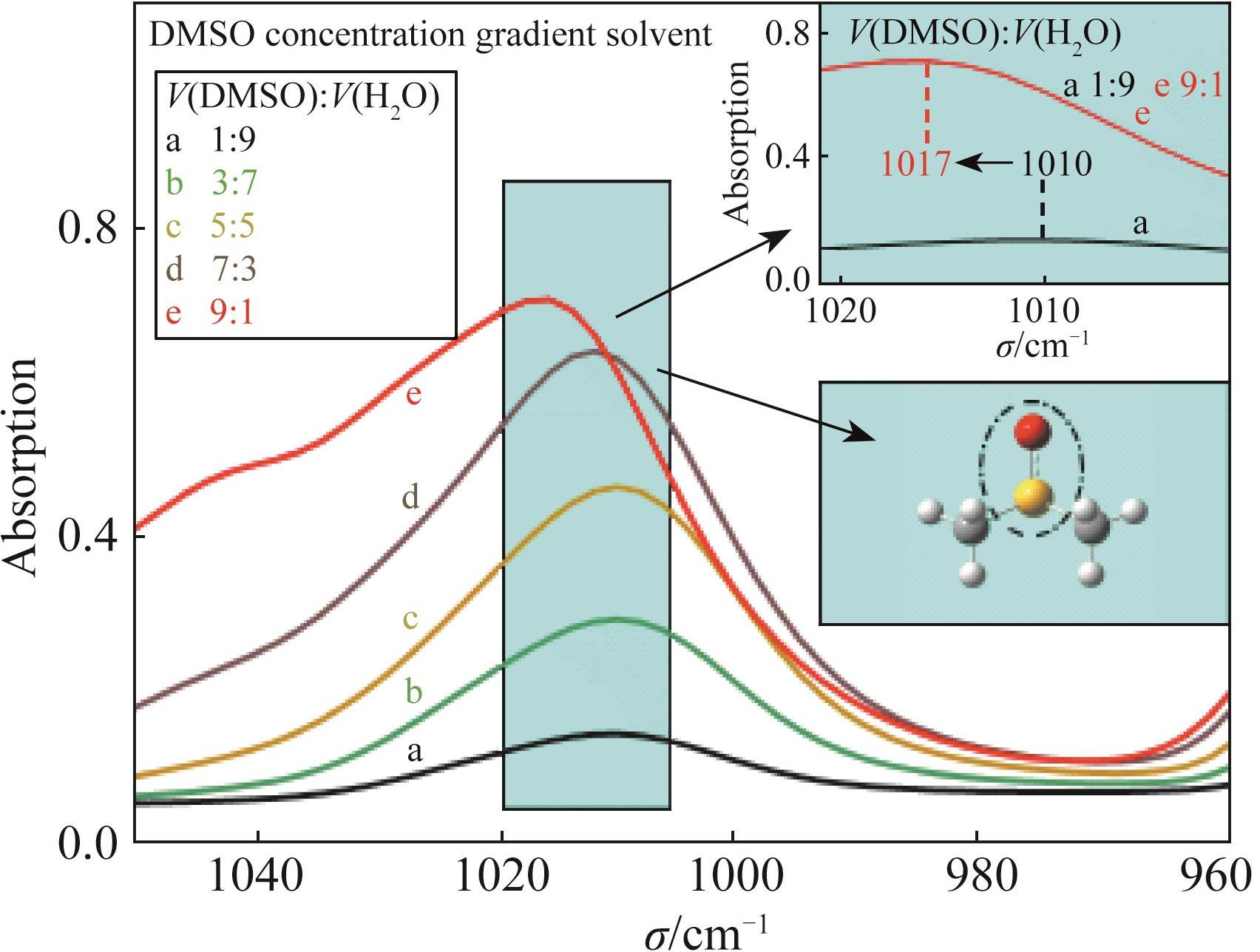| [1] |
Jin-Li ZHAO, Zong-Ren YU, Bo-Min SU.
Analysis of Egg Whites from Burial Murals by Pyrolysis-Gas Chromatography/Mass Spectrometry
[J]. Chinese Journal of Applied Chemistry, 2023, 40(4): 562-570.
|
| [2] |
Wei-Qiang ZHANG, Chen WANG, Yu-Rong ZHAO, Dong WANG, Ji-Qian WANG, Hai XU.
Research Progress of Regulation of Driving Forces in Short Peptide Supramolecular Self‑Assembly
[J]. Chinese Journal of Applied Chemistry, 2022, 39(8): 1190-1201.
|
| [3] |
Dong-Qing CAI, Jing ZHANG, Qing-Chuan WU, Jing-Hong YE, Lin-Ying WANG, Dong-Fang WANG.
Preparation and Application of Attapulgite Based Nano⁃controlled Chlorpyrifos
[J]. Chinese Journal of Applied Chemistry, 2022, 39(11): 1774-1782.
|
| [4] |
Xiao-Ming XIE, Jia-Qi ZHANG.
Hydrogen Bond Interaction Driven Procyanidine Assembly into Underwater Adhesive with Antibacterial Activity
[J]. Chinese Journal of Applied Chemistry, 2022, 39(10): 1533-1542.
|
| [5] |
Meng-Wei LI, Hong-Yan WANG, Ying-Ying WANG, Xiao-Ying KANG, Mei-Fang LIU, Yu-Lan CHEN.
Supramolecular Self⁃Assembly of Azobenzene⁃4,4'⁃dicarboxylic Acid Derivatives in Water
[J]. Chinese Journal of Applied Chemistry, 2021, 38(10): 1362-1370.
|
| [6] |
LI Yingjun, YANG Hongjing, CAO Xin, GAO Lixin, JIN Kun, SHENG Li, LIU Jihong, LIU Xuejie, LI Jia.
Synthesis of 3,6-Disubstituted Triazolothiadiazole Derivatives and Their Inhibitory Activities Against Cell Division Cycle 25B Phosphatase and Protein Tyrosine Phosphatase 1B
[J]. Chinese Journal of Applied Chemistry, 2020, 37(9): 994-1002.
|
| [7] |
MA Hao, ZHAO Xue, LI Kunlan, SHAO Guolin, AN Qingda, YANG Liyu, WEI Ligang.
Evaluation of Silane Imidazolium Bis(trifluoromethane)sulfonimide Ionic Liquid Stationary Phase for Gas Chromatography
[J]. Chinese Journal of Applied Chemistry, 2020, 37(4): 447-454.
|
| [8] |
GUO Hongchen, QIN Yusheng, WANG Xianhong.
Acetic Acid/Oxygen Route for Efficient Synthesis of Substituted Porphyrin
[J]. Chinese Journal of Applied Chemistry, 2020, 37(3): 264-270.
|
| [9] |
YU Jiarui, CHEN Shuai, XIN Xing, XU Jingkun.
Research and Application Progress on Dimethyl Sulfoxide Modified Poly(3,4-ethylenedioxythiophene): Poly(styrenesulfonic acid) Films
[J]. Chinese Journal of Applied Chemistry, 2020, 37(12): 1343-1356.
|
| [10] |
CHENG Yinjie, ZHANG Lu, HU Renjie, WANG Ying, JIN Xuexin, QIU Shuo, ZHANG Haoyan, JIANG Dawei.
Preparation and Characterization of Hydrogen-Bonded Carbon Nanotubes Reinforced Self-healing Composites
[J]. Chinese Journal of Applied Chemistry, 2020, 37(10): 1147-1155.
|
| [11] |
DAI Xiaoyu,QIAO Haiyan,HAN Dongyun,CAO Zubin,ZHANG Xingke.
Distillation Separation and Gas Chromatography/Mass Spectrometry Analysis of Fushun Ethylene Bottom Oil
[J]. Chinese Journal of Applied Chemistry, 2018, 35(6): 714-721.
|
| [12] |
WANG Wei, ZHENG Fei, GE Yan, QIAO Mengdan, YUE Hao, LIU Shuying.
Analysis of Volatile Components in Processed Ginseng by GC-MS/MS
[J]. Chinese Journal of Applied Chemistry, 2017, 34(8): 965-970.
|
| [13] |
TIAN Luoyang, CHEN Yali, WANG Qiang.
Determination of Thermodynamic Parameters of Organic Solvents in Ionic Liquid 1-Butyl-3-methylimidazolium Hexafluorophosphate by Inverse Gas Chromatography
[J]. Chinese Journal of Applied Chemistry, 2017, 34(7): 824-832.
|
| [14] |
XIE Fei,WEI Zhixian.
Advances on Tetrazole-1-acetic Acid-Based Metal Coordination Polymers
[J]. Chinese Journal of Applied Chemistry, 2017, 34(10): 1099-1109.
|
| [15] |
ZHANG Hanyun, LIU Manyun, YAN Gang, SHI Deqing.
Synthesis of Diamides Containing of 2-Aryloxyacetyl and meta-Trifluoromethylphenyl Moieties and Their Herbicidal Activity
[J]. Chinese Journal of Applied Chemistry, 2016, 33(6): 668-676.
|

 ), Shun NA2, Natsagdorj NARANTSOGT1, Chong-Jiu LI3
), Shun NA2, Natsagdorj NARANTSOGT1, Chong-Jiu LI3

 O)
O) O)
O) O)
O) O)
O)